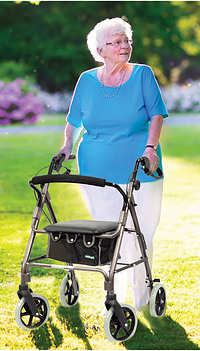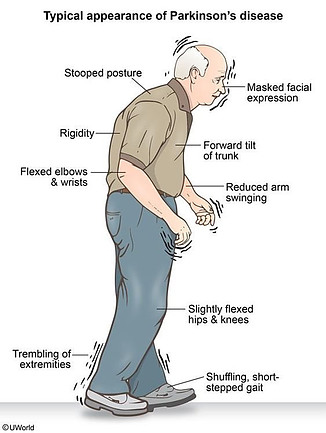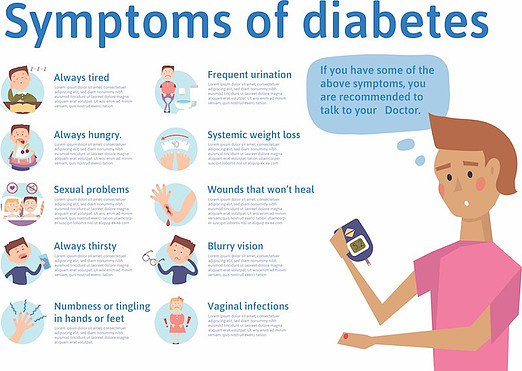As time goes on getting older becomes more and more daunting with inevitable changes to our physical and mental health, loss of function and independence.
At some point or other we have all thought about what problems we might face as we get older.
What is the hardest part about getting older ?
Answer snippet:
The hardest parts of getting old are: changes in your appearance (your looks, posture, muscle mass, need for a mobility aid). Declining health with a reduction in your function and independence with an increased risk of falls, cognitive aging and illnesses such as Diabetes or Parkinson’s disease are more likely as we age. Losing loved ones and the fear of isolation and loneliness is another hard part about getting old.
1) Changes in your appearance
Face 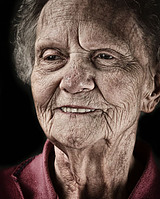
Loss of muscle tone and thinning skin in your face and neck are typical changes of aging, giving the face a drooping or flabby appearance.
Some people may develop a double chin from saging jowls.
Your skin becomes drier and you start to develop wrinkles as the underlying layer of fat shrinks, so you no longer have a smooth plump surface.
- Your hairline retreats and your hair becomes thinner and starts to fall out
- Cartilage in your ears grows so your ears become longer
- Connective tissue supporting nasal cartilage weakens so the tip of your nose can droop
( Sun exposure and cigarette smoking make these changes develop more quickly )
Posture
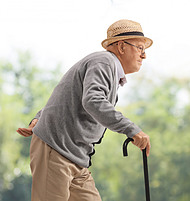
There are 3 main systems that are responsible for your posture
- Bones (vertebrae in your spine)
- Discs that act as cushions between your vertebrae
- Muscles
Your discs between your vertebrae normally have a rubbery exterior and soft interior, but as you age they start to dry out.
Over time this means the vertebrae in your spine starts to close together, affecting how you move and alter your posture.
A stooped or kyphotic posture makes walking more difficult with reduced balance and greater falls risk.
Muscle mass
Unfortunately, aging affects our skeletal muscle mass, known as sarcopenia, which declines with age causing reduced strength, affecting our bone density which decreases, and making our joints stiffer.
Even from the age of 30 muscle mass can decrease around 3 – 8% per decade, and once you are 60 years old (relatively young) , this muscle mass declines even faster.
This change in muscle mass leads to an increase in fat mass, and subsequently body composition changes. There is an increased incidence of insulin resistance in the elderly.
These changes in muscle mass, alongside other factors put us at an increased risk of osteoporosis, obesity, heart disease and type 2 diabetes.
Mobility problems (use of walking aids)
As we get older, our bones, muscles and joints undergo physiological changes which make mobilising independently more difficult. Everyday tasks become harder, where general weakness, fatigue and a great risk of falls are common.
We may well need the use of a walking cane or stick, 3 wheel walker or more support in a 4 wheel rollator walker.
If, in some cases your mobility declines further, with reduced exercise tolerance and function then you may need an electric mobility scooter to maintain you independence.
2) Declining health
Cognition
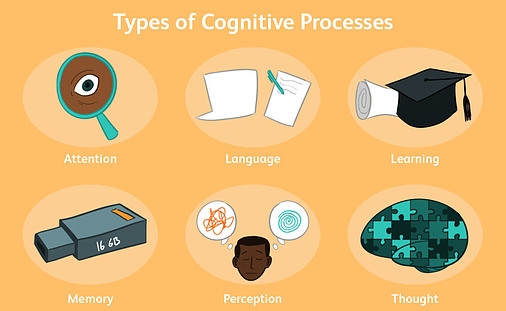
Most of us assume that growing older will affect our mental health. Our decision-making, thinking, remembering, and many other cognitive abilities are controlled by the brain.
Rather than being due to disease or damage to the brain, cognitive aging is the brain’s version of your body parts working less efficiently due to getting older which is common in may people.
This happens gradually and affects people differently due to their lifestyle, environmental factors and also genetics play a big part.
Essentially as we get older our brain is working less quickly and not as well as when we are younger.
Ilnesses
Dementia
Unlike cognitive aging, dementia, such as Alzheimer‘s, which is the most common, involves neurodegeneration or significant damage to the brain’s neurons whereby they become badly damaged and eventually die.
The greatest known risk factor for Alzheimer’s and other types of dementia is increasing age, but these disorders are not a normal part of aging.
Whilst age increases the risk, it is not a direct cause of Alzheimer’s.
Most people with Alzheimer’s type dementia are 65 and older. The risk of Alzheimer’s doubles every five years after this age, and then after age 85 the risk is nearly a third.
Parkinson’s disease
Parkinson’s disease is a chronic, progressive neurological disease and the second most common age related neurodegenerative disease after Alzheimer’s disease.
Most of the dopamine you brain uses is small dark tinged area of the brain known as the substantia nigra. Dopamine is very important as it is the chemical messenger that transmits messages between nerves controlling muscle movements.
Is Parkinson’s disease a normal part of aging ?
As we age, it’s normal for cells in the substantia nigra to die. This process happens in most people at a very slow rate.
Not everyone getting older will develop Parkinson’s disease, but the biggest risk factor is advancing age. The average age of developing it is around 60 years old, with men more likely to develop it than women.
Diabetes
Diabetes is a serious disease affecting many people. Type 2 diabetes is the most common type of the disease and occurs when your blood glucose, also referred to as blood sugar is to high.
As you get older age is definitely a bigger risk factor for developing Type 2 diabetes. Also, genetics may also be a contributory factor as having a close family member increases the risk.
As well as the elderly and seniors extra risk of developing Type 2 diabetes, a common risk factor is being overweight, people with high blood pressure and cardiovascular disease.
Over time Type 2 diabetes can lead to more serious health problems like strokes, kidney disease, heart disease, nerve damage possibly leading to amputation and eye problems.
Also, as discussed earlier having Type 2 diabetes can lead to a greater risk of developing Alzheimer’s disease.
3) Losing loved ones
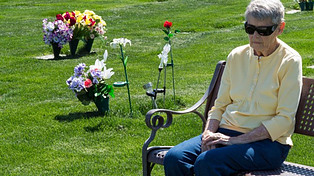
Older people are also more likely to experience bereavement more frequently, as friends and loved ones reach the end of their lives.
This may increasingly make them feel that their time is also close, which can bring feelings of anxiety and loneliness.
Isolation and loneliness
One of the hardest and saddest parts about getting older is the fear of isolation and loneliness.
As we get older family are busy with their own lives or friends start to move away leaving people more vulnerable on their own. This can lead to depression and a serious decline in physical health and well being.
Many elderly people and seniors find it hard to reach out for support often having too much pride to ask for help.
Conclusion – What is the hardest part about getting older ?
As much as we try to avoid it, getting older is inevitable and brings with it lots of changes to our lives. Declining health and illness, whilst not confined to everyone, are a pert of the aging process.
Our changing appearance physically and loss of function and independence are difficult for many older people to adapt to, with the loss of loved ones and family particularly hard to come to terms with.
Please feel free to leave any messages at (mark@elderlyfallsprevention.com) and I will be happy to get back to as soon as possible.

